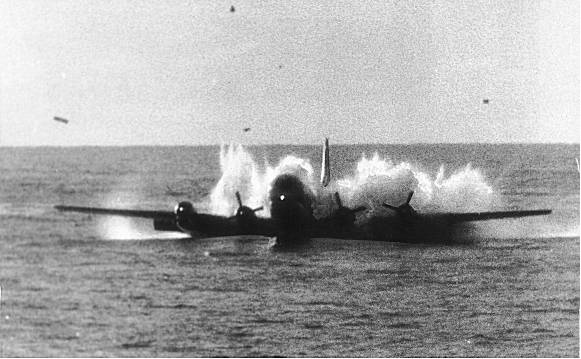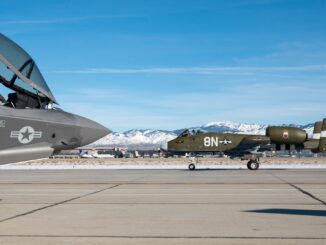 Last week, the Boeing company in an official press release confirmed commencement of the MH-139A Grey Wolf rotorcraft. That announcement was a direct result of awarding the company by the United States Air Force a contract worth 285 million USD, for helicopters, sustainment and support services.
Last week, the Boeing company in an official press release confirmed commencement of the MH-139A Grey Wolf rotorcraft. That announcement was a direct result of awarding the company by the United States Air Force a contract worth 285 million USD, for helicopters, sustainment and support services.
The Boeing MH-139A Grey Wolf is a multi-mission helicopter based on the well-known AW139 helicopter, developed by the AgustaWestland company (now part of Leonardo group). The rotorcraft design was tailored to protect intercontinental ballistic missiles and transport the US government officials and security forces.
´Advancing the program from testing and evaluation to production is a major step towards entering the MH-139 into service and providing the U.S. Air Force with additional missile security for decades,´ said Azeem Khan, Boeing’s MH-139 programme director. ´We are working diligently to begin deliveries next year.´
According to the manufacturer, the MH-139A provides enhanced capabilities that allow to accomplish missions more quickly, quietly and efficiently. The Grey Wolf cruises 50% faster, flies 50% farther, has a 30% larger cabin, and can lift 5,000 more pounds than the legacy platform, while introducing full autopilot capability to reduce pilot workload. The helicopter also features a modern avionics system with advanced flight deck functionality and improved situational awareness.
The MH-139A team consists of Boeing, as the prime contractor, and Leonardo as an original equipment manufacturer. Leonardo produces the helicopter at its plant in northeast Philadelphia, while Boeing is responsible for military equipment procurement, as well as installation and post-delivery support of the aircraft.
As already mentioned above, the Boeing company expects to start with the MH-139A Grey Wolf deliveries as early as next year.

Cover photo: One of four MH-139A Grey Wolf helicopters delivered for test and evaluation purposed to the USAF in mid-2022. All photos and quotations © Boeing. Information from the Boeing Company press releases were used.



